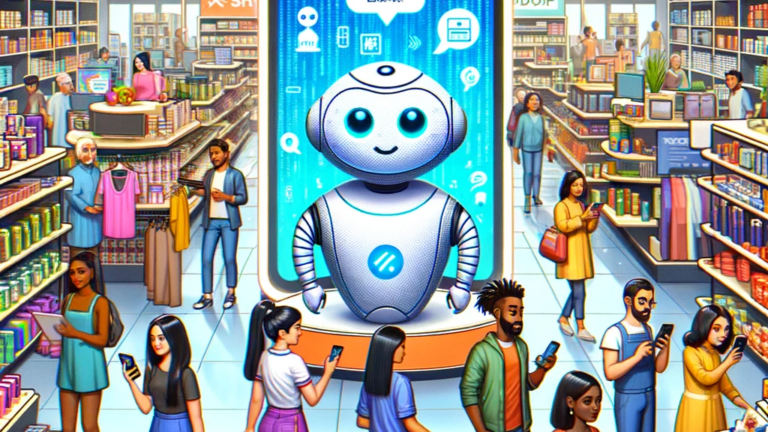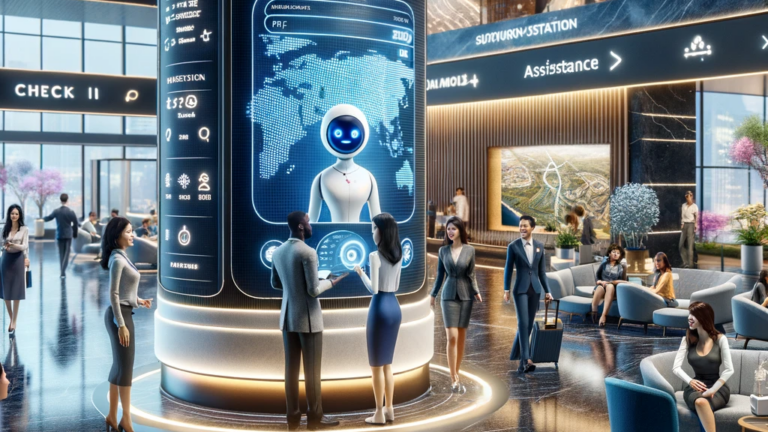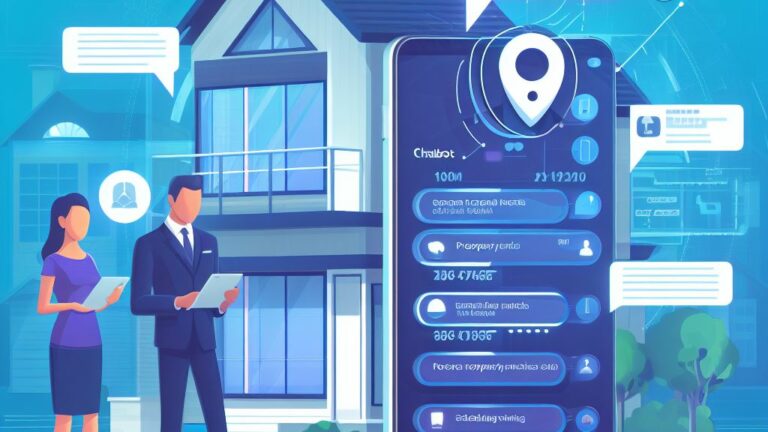Stephen Howell
-

The Journey of AI Powered Chatbot for WordPress: From Launch to 700+ Installs
The AI Powered Chatbot for WordPress has over 700 active installs in 10.5 months since its launch. Initial growth was slow, but community feedback helped improve the plugin. The chatbot enhances user experience on WordPress sites by providing 24/7 assistance. The developer remains optimistic about reaching 1,000 installs by April 2024.
-

AI Engagement: My Journey with AI Powered Chatbot for WordPress
Developed a WordPress plugin, Chatbot ChatGPT, enhancing visitor engagement with AI. This project is a meaningful focus for my upcoming retirement, allowing me to support others and innovate in a previously underserved market. Excited for the journey ahead!
-

Community-Driven Triumph: The Evolving Journey of Building and Enhancing the AI Powered Chatbot for WordPress Plugin
After ten months of developing a WordPress plugin, I’ve gained extensive knowledge in WordPress, PHP, JavaScript, and chatbot development. Interacting with global users has revealed critical mass usage, leading to some plugin issues, which I view as success due to real engagement. I’ve learned valuable lessons from users and enjoyed the collaborative problem-solving process. Overall…
-

The Paradox of Hyper-Personalized Selling: A Dance of Data and Dilemma
Sales has evolved from intuition and personal connections to data-driven hyper-personalization, raising ethical concerns about privacy and surveillance. While technology, including AI and sales bots, enhances personalization, it risks crossing boundaries and losing the human touch essential for effective selling. The future of sales lies in balancing technological advancements with ethical responsibilities, emphasizing empathy and…
-

Use Case: Chatbots in Retail
Chatbots are transforming retail by enhancing customer service, personalizing shopping experiences, streamlining transactions, and managing inventory. They provide assistance, handle purchases, and offer real-time stock updates. Challenges include ensuring accuracy and integration with existing systems. Future advancements in AI will further improve their capabilities, making them essential for engaging digital consumers.
-

Use Case: Chatbots in Education
Chatbots in education streamline administrative tasks, provide 24/7 personalized support, enhance learning experiences, and integrate with educational tools. Challenges include engagement and query handling. As AI advances, chatbots will improve in understanding and emotional support, transforming education through instant assistance and efficient workflows.
-

Use Case: Chatbots in Hospitality & Travel
Chatbots are transforming the hospitality and travel industry by enhancing customer service, providing 24/7 support, personalizing guest experiences, and integrating with operational systems. They streamline processes like bookings and check-ins, but face challenges in maintaining human interaction and handling complex issues. Future advancements may include voice and facial recognition for more interactive, contactless services. Overall…
-

Understanding Chatbots: Revolutionizing Digital Interactions
Chatbots are software applications designed to simulate human conversation, enhancing customer interactions across various sectors like support, e-commerce, healthcare, banking, entertainment, and education. They range from rule-based systems to advanced AI-powered models that learn and adapt. Their effectiveness is measured by their ability to handle complex inquiries and maintain engaging dialogue, marking a shift in…
-

Use Case: Chatbots in Real Estate
Chatbots in real estate enhance buyer-seller interactions by providing instant responses, scheduling viewings, and offering personalized experiences. They improve customer engagement, automate routine tasks, and integrate with technologies like VR and AI. Despite challenges in accuracy and privacy, their integration signals a promising future for the industry.
-

Use Case: Chatbots in Health Care
Chatbots in healthcare provide preliminary diagnoses and guidance by analyzing symptoms and medical history, enhancing accessibility and efficiency, especially in remote areas. They relieve pressure on professionals, reduce wait times, and support chronic condition management. However, they should complement, not replace, professional care, requiring careful implementation and ethical oversight. Overall, they represent a significant advancement…
